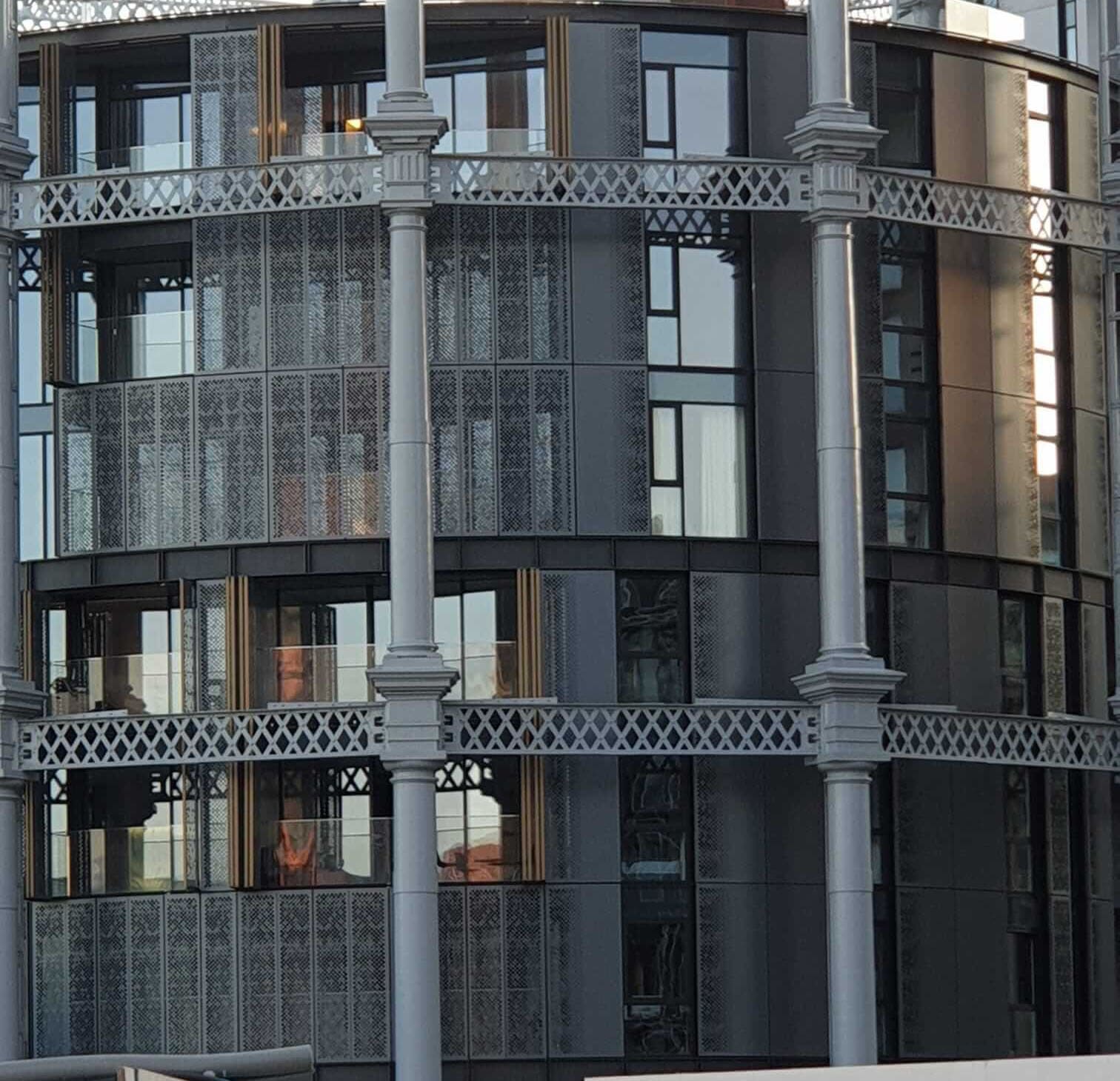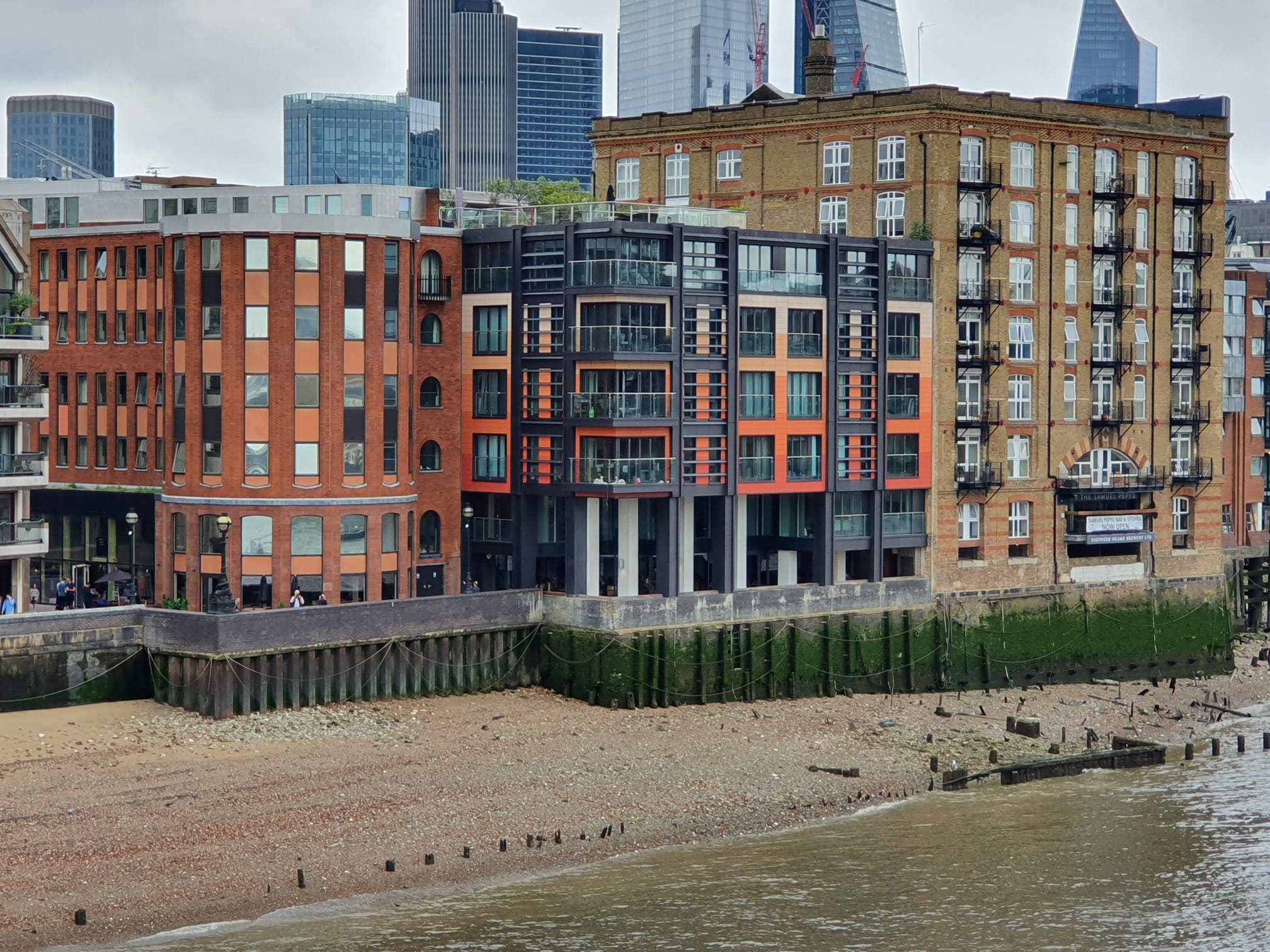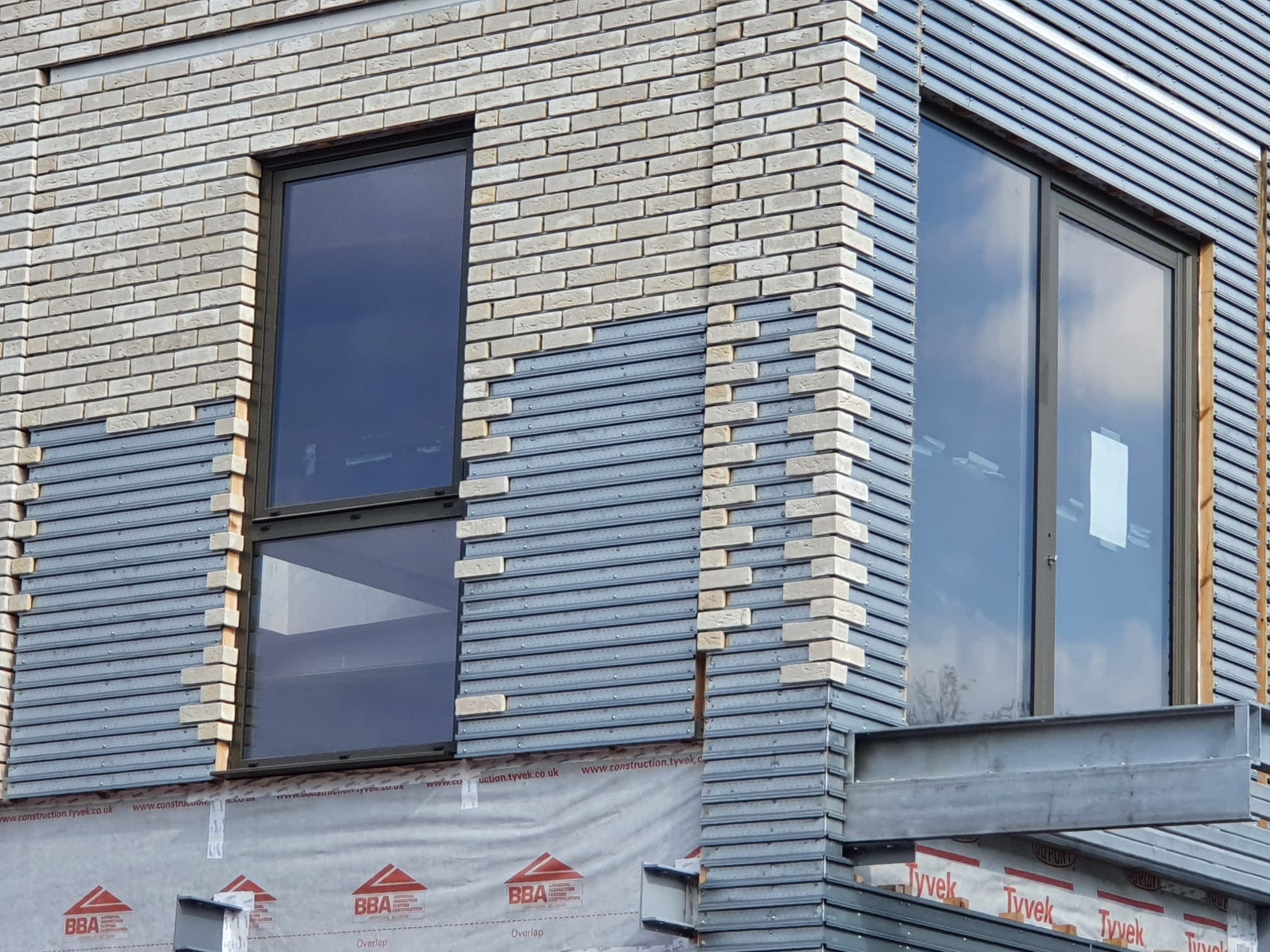 Mary-Anne Bowring 30/10/2025
Mary-Anne Bowring 30/10/2025
 0
0
 0
0
Introduction
The government’s proposed leasehold reforms, aimed at making ownership easier and cheaper, are raising new questions about their long-term impact on property values, particularly for flat owners.
While the rhetoric around these changes has focused heavily on protecting buyers from unscrupulous landlords and unfair costs, the underlying financial reality suggests a more complex outcome.
The transition from leasehold to Commonhold, as outlined in the recent White Paper, is being presented as a transparent and democratic model of homeownership. Yet this new model does not eliminate cost. Instead, it redistributes the financial responsibilities, shifting them from landlords to individual flat owners, many of whom have no property expertise to deal with the responsibility.
Currently much of the block and property management industry is a blame game
The fact that many leaseholders are able to blame landlords for their woes, bad management, building construction omissions, lack of speed in dealing with leaseholders'>building safety matters simply is gone under the concept of commonhold. Commonhold, like Right to Manage (RTM) Companies or Resident Management Companies (ManCos) only have themselves to look to in order to resolve matters. Under the current leasehold framework, freeholders are responsible for a share of building upkeep, reserve planning, and long-term maintenance liabilities. In the Commonhold system, those obligations will transfer to flat owners who must now collectively manage and fund their building. Commonhold is not too far different from the control that Right to Manage (RTM) Companies or Resident Management Companies (ManCo) already provides, what is hugely different is that given with Commonhold there is no freeholder, when leaseholders run out of money, can't tackle the arrears, or fall foul of legal pitfalls and can't run the block properly there is no fall back mechanism (no freeholder to step in).
Yes it does cost more to run a building under leaseholder control - but some leaseholders save costs
Immediately a Commonhold, like Right to Manage (RTM) Companies or Resident Management Companies (ManCo) or similar entity exists, there is the cost of running the company, company accounts to file at Companies House, directors and officer insurance and the cost of a company secretary. The Company or Commonhold Association may need legal advice from time to time too. Whilst these entities give homeowners more control, they also imposes direct exposure to financial risk. Costs such as lift repairs, insurance increases, or major refurbishments will no longer be absorbed by landlords or hidden in deferred charges. Instead, they will become immediately visible in servicechargesorted.co.uk/blogs/service-charge-disputes-what-cam-be-disputed-how-and-the-role-of-the-first-role-planetrent.co.uk/blog/could-a-tax-tribunal-ruling-mean-btl-investors-avoid-3-stamp-duty-surcharge'>tribunal'>service charges and reserve fund contributions. This greater visibility of cost does not make it lower, but it does make it unavoidable. The result may be a shift in how flats are valued.
Commonhold will cost some leaseholders more
Many of the projected costs under Commonhold may appear modest in theory, but practical experience suggests otherwise. Managing agents often report that reserve funds do not satisfy practical maintenance demands, particularly as inflation and contractor fees increase. If reserve contributions are insufficient, significant building works may be underfunded, necessitating top-up payments or emergency levies on owners. Many commercial Freeholders do loan monies to the servicechargesorted.co.uk/blogs/service-charge-disputes-what-cam-be-disputed-how-and-the-role-of-the-first-role-planetrent.co.uk/blog/could-a-tax-tribunal-ruling-mean-btl-investors-avoid-3-stamp-duty-surcharge'>tribunal'>service charge; the question is: will ordinary leaseholders be able to do so?
Will Commonhold reduce the value of flats and apartments?
Some argue yes. Commonhold as a new ownership structure forces prospective buyers to weigh the true, long-term cost of flat living. For example, a reserve contribution of £2,000 per year is equivalent to reducing the price of a mortgageable property by £40,000 at current interest rates. When servicechargesorted.co.uk/blogs/service-charge-disputes-what-cam-be-disputed-how-and-the-role-of-the-first-role-planetrent.co.uk/blog/could-a-tax-tribunal-ruling-mean-btl-investors-avoid-3-stamp-duty-surcharge'>tribunal'>service charges are recalculated to reflect these obligations from the outset, the asking price of many flats may fall accordingly. In this context, a repricing of flats is not a market failure. Rather, it reflects a shift toward honest accounting. In previous decades, buyers benefited from underpriced risks.
Baby Boomers and Gen Xers who entered the market early and exited with capital gains rarely faced the full costs of structural maintenance or safety upgrades. However, the market has changed, especially after the construction-to-begin-under-1225m-government-contract--'>construction-to-begin-under-1225m-government-contract--'>Grenfell Tower disaster. The need for regulatory compliance, adequate reserve funds, and safe building management has grown substantially. The proposed reforms bring these costs into clearer focus, which may alter how buyers evaluate flat ownership. This structural reset does not necessarily represent a bad outcome. Shared financial responsibility may be a fairer, more transparent system. However, it is unlikely to be a cheaper one. The collective burden may improve governance but expose owners to payment risks when others in their building default.
Reforming leasehold into Commonhold represents a major shift in property law and ownership models. Although well-intentioned, it introduces a leap of faith for buyers and the market. Government commitment to this agenda remains strong, but the policy's success will take years to assess. Early adopters of Commonhold are likely to be the first to experience both the new system's benefits and limitations.
Ultimately, the trade-off is clear. Making ownership fairer means making costs visible. The full price of maintaining and managing residential buildings will now be seen upfront. For many, that transparency will be a welcome change. For others, it may prompt a re-evaluation of what a flat is worth.
FAQ
1. What is the main goal of lesasehold reform and Commonhold?
The reform aims to replace leasehold with Commonhold, making ownership more transparent and giving flat owners greater control over their properties. This is not hugely different from the control that Right to Manage (RTM) Companies or Resident Management Companies (ManCo) already provide, the key difference is that with no freeholder there is no fall back mechanism when leaseholders can't raise much needed funds, or don't have the expertise to run the block properly.
2. Will Commonhold reduce the overall cost of owning a flat?
Not necessarily. While it removes landlord-related charges, it shifts all building maintenance and management costs directly to flat owners.
3. How could Commonhold impact flat prices?
As the full cost of ownership becomes clearer, buyers may begin to value flats differently, potentially leading to lower market prices for some properties.





Meet our Expert Property Commentators



























